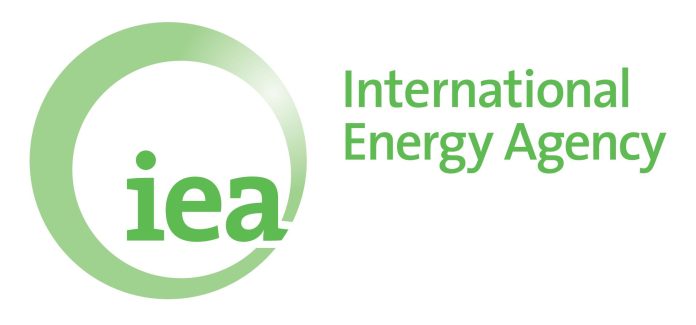NEW DELHI, Jun 12 : India, the world’s third biggest oil importer and consumer, will in the second half of the decade become the driver of global oil demand, the International Energy Agency (IEA) said Wednesday, forecasting rise in consumption by a massive 1.3 million barrels between 2023 and 2030.
In its Oil 2024 Report, the Paris-based energy watchdog said India’s oil demand is forecast to grow more than any country’s other than China between 2023 and 2030.
India’s oil demand is projected to rise from 5.4 million barrels per day (bpd) in 2023 to 6.7 million bpd by 2030, a growth of 3.2 per cent or 1.3 million bpd.
“Unusually, in a global context, an increase of more than 1.3 million bpd will be dominated by rising demand for road transport fuels, with a comparatively small role for petrochemical feedstocks and underlying growth comfortably outpacing deployment of clean energy technologies.
“In the second half of this decade, India will become by far the most important contributor to overall growth,” it said.
India’s oil demand rising by 900,000 bpd between 2025 and 2030 will be well ahead of China’s 570,000 bpd and three-quarters of net global gains, it said.
For the world, IEA forecast oil demand peaking by 2029 and beginning to contract the next year.
The oil demand growth in India is primarily driven by its fast expanding economy. India is set to be the world’s fastest growing major economy for the third year running in 2024.
Manufacturing and industrial activity has been especially strong and a massive domestic consumer market, labour force and supportive demographics should see this continue.
The nation’s population, which recently overtook China’s to become the world’s largest, is projected to increase by 6 per cent between 2023 and 2030, and higher average incomes will further support mobility demand.
“Road diesel, the most used product in India and closely linked to industry and commerce, will account for 520,000 barrels per day of 2023-2030 growth (38 per cent of the total). Similarly, gasoline (petrol) will register a rise of 270,000 barrels per day (20 per cent of the total) as car ownership becomes more widespread,” IEA said.
This demand is far more than in any other country.
Compared with 2000, there was an eightfold increase in the number of cars on the road by 2023. Nevertheless, the fact that last year China had almost seven times as many cars as India highlights the potential for further growth.
IEA said its projections assume a roughly 40 per cent increase in the size of the car fleet by 2030.
Two and three-wheelers, which make up about three-quarters of the total vehicle count in India today, will remain very important, especially in urban transportation and last-mile delivery of goods over the forecast period.
With lower growth potential compared with passenger cars and a comparatively high potential for electrification, this segment will act as a slight drag on gasoline growth, it said.
Owing to relatively limited construction of new facilities, Indians will see a lower share of growth come from petrochemicals. Feedstock requirements are set to climb by around 140,000 barrels per day between 2023 and 2030, with an emphasis on naphtha use (over 100,000 barrels per day). LPG and ethane use in petrochemical production will rise by a more limited 40,000 bpd.
IEA saw India’s refining capacity rising from 5.8 million bpd in 2023 to 6.8 million bpd in 2030.
Crude oil pumped out from below ground and seabed are turned into fuels like petrol and diesel in refineries. And India is more than 85 per cent dependent on imports to meet its crude oil needs.
IEA said India’s import needs will grow by nearly 1 million bpd, from 4.6 million bpd to 5.6 million bpd, driven by aggressive refinery expansion programmes that add 1 million bpd in crude processing capacity. (PTI)


